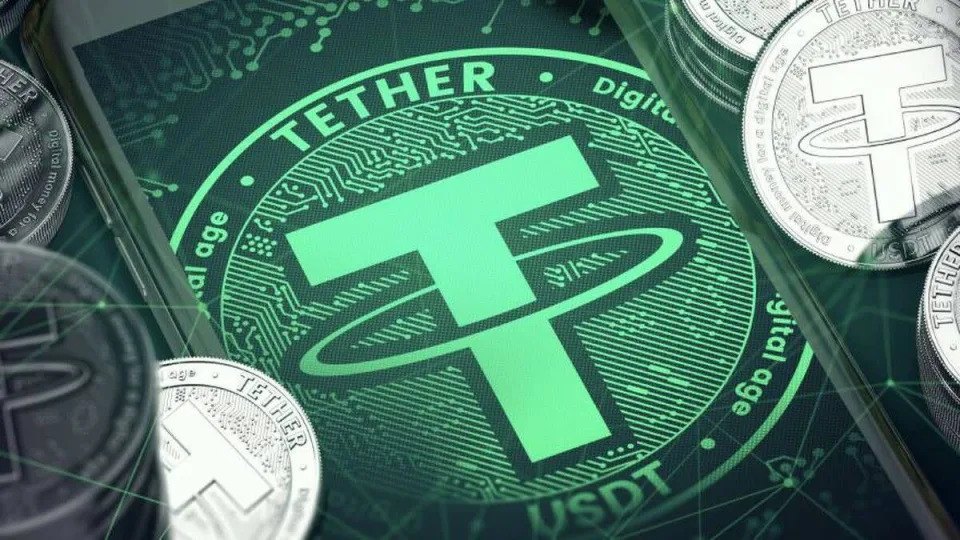The stablecoin sector is facing the expectation and uncertainty of what will happen to them after the merger of Ethereum from “Proof of Work (PoW)” to “Proof of Stake (PoS)”. Some claim that they should continue to work on the old consensus method to avoid possible errors that could occur within PoS, according to Bessie Liu at Blockworks.
Cryptocurrency-focused investment manager Galois Capital stated that stablecoin providers such as Tether and USD Coin would remain on the Ethereum Proof-of-Work (PoW) network, stating that bugs in the new Proof-of-Stake network ( PoS) could potentially lead to lawsuits and liability of stablecoins.
This misconception was quickly shut down by Tether CTO Paolo Ardoino, who wrote on Twitter that “It’s not about what I/we prefer between PoW/PoS. Stablecoins must act responsibly and avoid disruption to users.”
He adding that Tether plans to “support ETH2”.
Adam Gall, CTO of Decent Labs, a Web3 accelerator, told Blockworks that it’s important to note that “a hard fork is going to happen anyway because Merge is technically just a rule change.”
“At points of changes in the power structure, there will often be people trying to fill in the gaps, and this (Galois Capital) is certainly an example where, if you can create enough confusion, it will allow some people to step in and try. to endure or create power,” Gall said.
Ultimately, Gall said the power to determine which fork will survive will rest with stablecoin providers Center and Tether.
“There is so much value attached to stablecoins, so they will have a lot of influence over the community to decide which chain is the most important,” added Gall.
Chaotic consequences for ETHPoW after the merger
DeFi protocols rely heavily on stablecoin assets. Since stablecoins are commonly used as collateral for lending and borrowing, not following stablecoin providers’ decisions could have disastrous consequences for most of the popular DeFi protocols available today.
For a simple thought experiment, imagine an ETHPoW fork of the Aave money market protocol. Since the USDC on the fork cannot be exchanged for US dollars, it will have virtually no value. Likewise, all of Lido’s staked ether (stETH) is rendered useless in the PoW fork, as its value is derived from a claim on ETH staked on the PoS Ethereum Beacon Chain today.
“At AavePoW that means a $1.4 billion hole in the books,” Marc Zeller, Aave’s Head of Developer Relations, noted on Twitter on Monday.
The same would happen to all DeFi protocols, such as Maker and Uniswap, resulting in a cascading chaotic mess. The entire Ethereum DeFi would have to be rebuilt from scratch.
“DeFiPoW is dead on arrival,” Zeller concluded, adding that NFTs on the ETHPoW fork will suffer a similar fate.
Gale agrees. “My guess is that stablecoin issuers are supportive of the Merger and will eventually make statements of support for the PoS chain over the PoW chain,” Gall noted. “I don’t expect there to be stablecoins on the PoW chain after the merger.”
Without stablecoins and NFTs, ETHPoW is doomed to the dustbin of blockchain history.
“There is no real chance of making a profit there,” according to Zeller.

